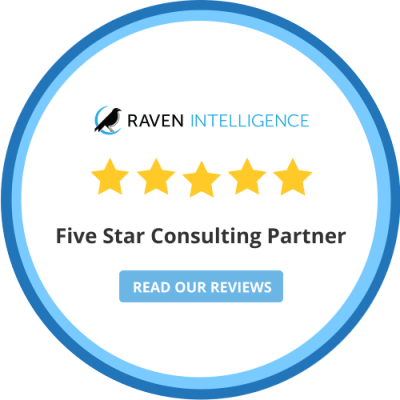Examine your HCM system pain points to ascertain the need for a new system.
Key takeaways
Sometimes, optimization of your current system makes the most sense.
If you decide to invest in a new HCM system, perform due diligence to optimize results.
Human capital management (HCM) systems have transformed the way employee data is stored and accessed, improved the accuracy and efficiency of payroll processes, offered transparency into employee performance trends and so much more. This depth of benefits is why nearly every human resources (HR) and payroll professional will implement a new HCM system at some point in their career.
Based on the experience of RSM’s seasoned UKG implementation professionals, these are the three most common signs it’s time for a new HCM system:
1. Too many manual processes
Outdated HCM systems—or worse, traditional pen-and-paper processes—eat up time due to the amount of manual labor that goes into processing payroll, creating HR documentation, onboarding employees and more. If you find yourself, or your team, spread too thin due to handling tasks you feel your HCM system should be managing, that’s a sign something is off. Your HCM system should be working for you, not the other way around.
2. Inefficient and outdated functionality
Cloud-based HCM systems are constantly evolving and innovating. Old systems may lack the modern functionality of today’s systems. Features such as HR analytics, robust reporting, automated onboarding training and documentation, self-service functionality, employee engagement tools and much more help leadership teams improve their internal organization, boost employee satisfaction and reach critical business goals. If you’re still working with a system that hasn’t been updated in years, it may be time to implement a new system that can handle modern issues and give you optimal return on investment.
3. Inability to support company growth
As your company grows and changes, your HCM system should be able to adapt and evolve. One of the biggest challenges we see clients facing is using an HCM system that no longer works for them after a period of rapid growth and/or national or international expansion. Additionally, many organizations have been forced to rethink processes and infrastructure because of restructuring and high turnover, which can be especially stressful while struggling to piece together an old HCM system that makes change even more of a challenge. Ultimately, if your system can no longer handle the size of your organization, it’s time to consider your options.
Do you need a new system, or does it make sense to optimize your current one?
Many companies are ready to jump to a new HCM system before they explore remedies for the issues preventing their current system from working as they want it to. Sometimes identifying and fixing system performance issues, addressing configuration problems, adding modules, evaluating integrations or training staff to navigate previously underutilized features with confidence is enough to salvage your relationship with your existing system.
Take an objective viewpoint to gain understanding of whether your business has outgrown your current system. Interview stakeholders from affected functions to discover the main pain points. Think about the problems you were looking to resolve by implementing your current system—was the system performing adequately for a time and now the needle has moved enough to justify replacement with one that offers more functionality?
You certainly do not want to purchase and implement a new system only to find yourself having the same issues you’ve experienced with the current one. To identify what’s causing your problems, take a step back and ask the following questions:
- Can your current system be optimized to support your business goals?
- What are your frustrations?
- What areas of the system do you feel are causing inefficiency?
- How and where are you employing workaround processes (e.g., spreadsheets and other manual tools) to get things done?
If you determine your system is too old or lacks the capability to perform as you need it to, take a measured and practical approach to shopping for a new system.
"We wish we had used [RSM] in the first phase of implementation. Our second phase went much smoother using [them]."
Manufacturing client

Research the options and assess your needs before making a purchase
HCM system demos can leave viewers dazzled by the possibilities. Bear in mind that some capabilities seen in the demo may not be part of the core system you are being quoted. Additional functionality is often an upsell. Unless the system is implemented to support your company’s specific business requirements, it might not work for you the way it appears to in the demo. This is why pre-analysis of business needs and pain points you are looking to remedy is so important.
Many companies opt to hire a software-certified implementation consultant who can help with pre-analysis and guide the entire implementation to deliver optimal results. While it’s not impossible to implement a new HCM system on your own, engaging experienced professionals who understand the ins and outs of implementation as well as your HR/payroll needs can make the process more accurate, timely, and secure, and result in better outcomes.
Whether you’ve just started analyzing different systems or you’re set up and need help with go-live, payroll coverage and change management, a knowledgeable consultant is a valuable asset.
Insight and support for your HCM implementation journey
Implementing a new HCM system can be transformative for your organization, and optimizing the system’s capabilities and performance can better support future goals while boosting the employee experience. RSM offers comprehensive implementation support, including needs assessment, system selection, project management, custom configuration, data migration assistance, training, change management support, system integration, testing, payroll continuity and ongoing optimization.
Reach out to our team of software-certified implementation consultants for more information.

